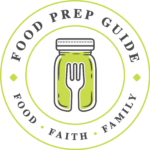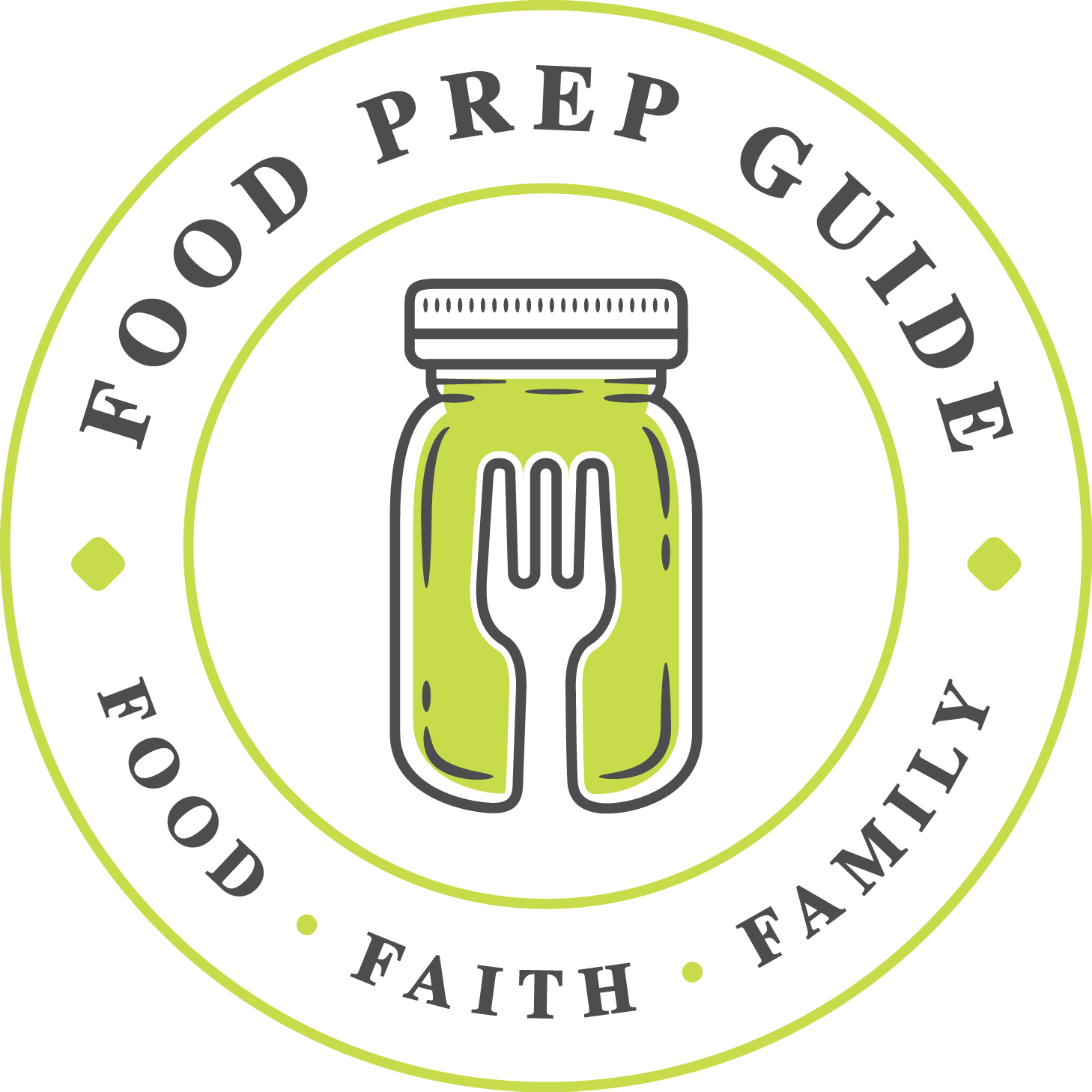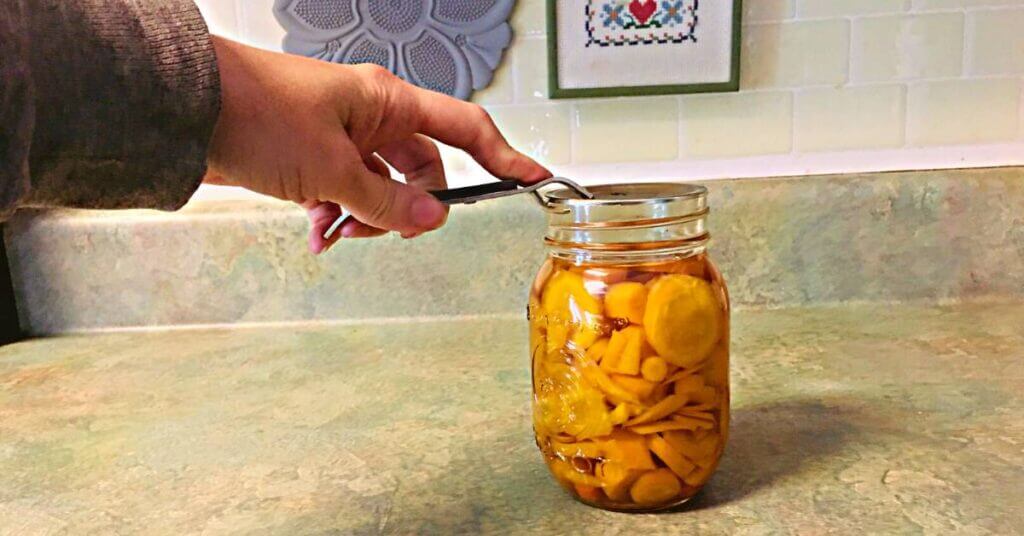Opening a canning jar is pretty self-explanatory.
But, every now and then, you’ll come across a jar that sealed a little too good, and the stubborn lid will not budge.
What do you do then?
Is there a way to open the jar without damaging the lid?
Yes! Let’s talk about it.
Canning Jar Components
Just in case you’re brand new to working with canning jars, let’s define a few of the components we’ll be discussing.
A canning jar lid consists of two components—the lid and the ring.
The Lid
The lid, also known as the flat, plays a crucial role in the canning process. It consists of two essential parts:
-
Seal: The seal is the thin, rubber-like gasket lining the outer edge of the lid. It creates an airtight seal when heated and pressed onto the jar’s rim during canning. This vacuum seal prevents contaminants from entering the jar and keeps your canned goods fresh.
-
Metal disc: This flat metal disc covers the jar’s opening and holds the seal in place. It’s made of a durable material that withstands the high temperatures required for canning.
The Ring
The ring, also referred to as the screw band, is the second essential component of a canning jar. It’s a threaded metal piece that secures the lid to the jar during the canning process.
The ring has a helical design that allows it to fit snugly onto the jar’s matching threaded neck. This piece is reusable for as long as it stays in good condition and doesn’t rust.
If you find yourself overloaded with rings, check out our tips for storing canning rings.
3 Ways to Open a Canning Jar (Or a Vacuum-Sealed Jar)
When opening a canning jar, you’ll need to break the vacuum seal, which can sometimes be a challenge.
Using the proper tool or technique can save your lid and jar from damage. Here are three methods to help you open those stubborn jars with ease:
1. Using a Spoon
The first method involves using a spoon to break the seal and create an opening for the vacuum to release.
Grip the jar firmly with one hand and, with the other hand, take a spoon and carefully slide the tip of it under the edge of the lid.
Gently leverage the spoon, so the edge of the lid lifts until you hear the vacuum seal pop. You should now be able to easily remove the lid without resistance.
2. Using a Butter Knife
Similarly to a spoon, a butter knife can also be used to open a jar by breaking the vacuum seal.
Hold the jar firmly with one hand and, with the other hand, take a butter knife and position the blunt edge along the rim of the jar lid.
Use leverage to pop the seal.
3. Using a Church Key
A church key or a jar opener is specifically designed to open home canned jars effortlessly.
Prices pulled from the Amazon Product Advertising API on:
Product prices and availability are accurate as of the date/time indicated and are subject to change. Any price and availability information displayed on [relevant Amazon Site(s), as applicable] at the time of purchase will apply to the purchase of this product.
Place the church key on the edge of the lid, using the curved or hooked end, and carefully pry the lid up to break the vacuum seal.
I like to use the curved end to decrease the chance of leaving a dent in the lid.
This tool is particularly useful for those who might have difficulty applying force with a spoon or butter knife and ensures a safe and efficient method for opening jars.
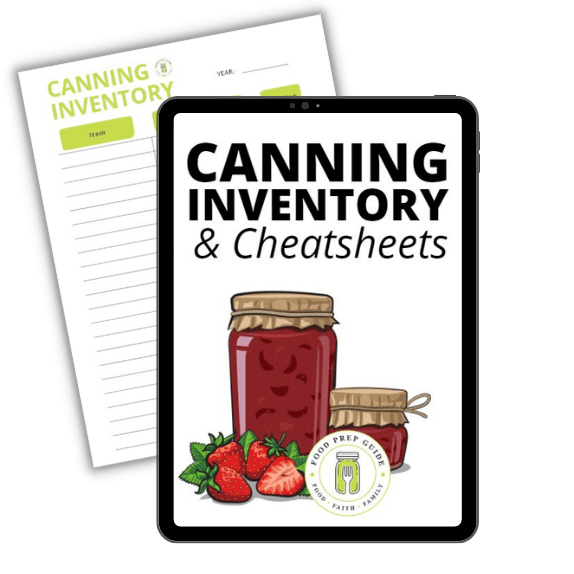
Troubleshooting Stuck Canning Jars
When dealing with stuck canning jars, you’ll find that sometimes the problem isn’t just a tight seal, but can also involve rust or other issues. In this section, we’ll discuss some strategies for dealing with stuck or rusted lids.
Dealing with Stuck or Rusted Lids
When you encounter a stuck canning jar lid, the first and simplest method is to run the lid under hot water for a few seconds. The heat will help release any tightness in the seal, making it easier for you to open it.
Ensure you’re holding the jar firmly with a towel to prevent slipping while attempting to twist it open.
For rusted lids, you can use a piece of duct tape to help you gain a better grip on the lid. Tear off about a foot of duct tape, line up the bottom edge with the lid’s edge, and press the tape firmly onto the lid.
Then, fold the tape over the top, creating a makeshift handle. Grip the handle and twist to see if the lid comes loose.
Keep in mind that a rusted lid may also indicate the contents of the jar are no longer safe to consume. Always inspect and smell the contents before consuming—and when in doubt, throw it out.
READ NEXT: Sometimes, the opposite happens—the lid comes off far too easily. Here’s how to identify a false seal ⇨.
FREE FOOD STORAGE PLAN!
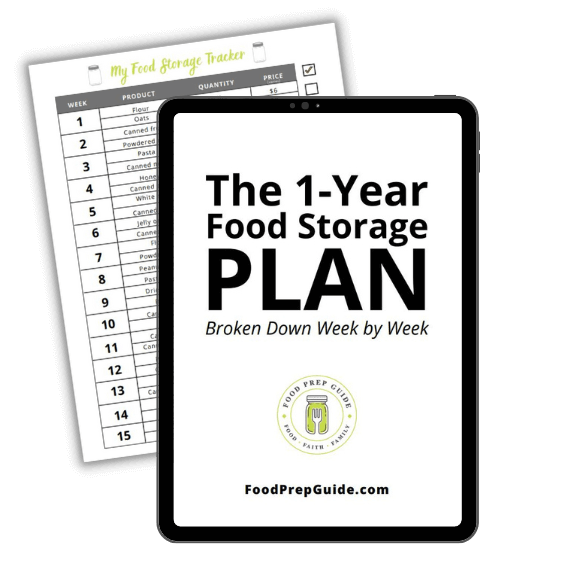
Does gathering and storing a year’s worth of food for your family seem overwhelming and unachievable?
Make it easy with our step-by-step plan. Subscribe to our weekly newsletter & we’ll send it to you FREE!
